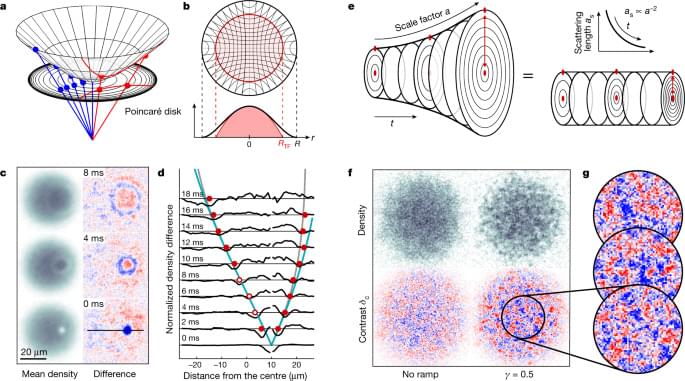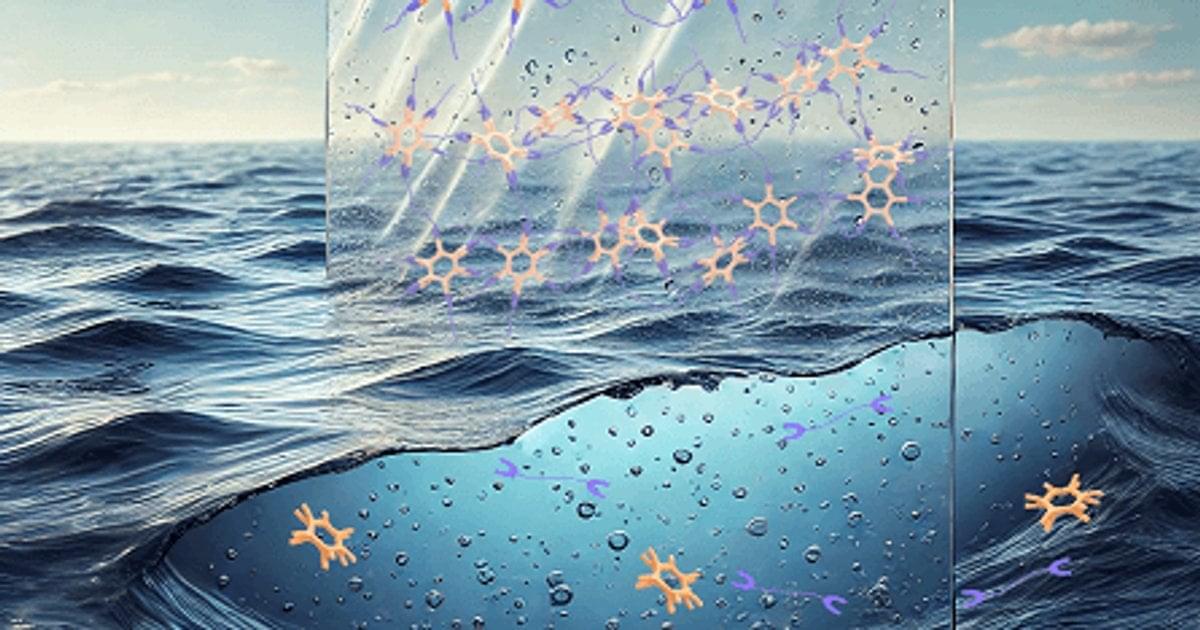Discover Manus, the world’s first fully autonomous AI agent that can perform complex tasks independently without human guidance.
Get the latest international news and world events from around the world.
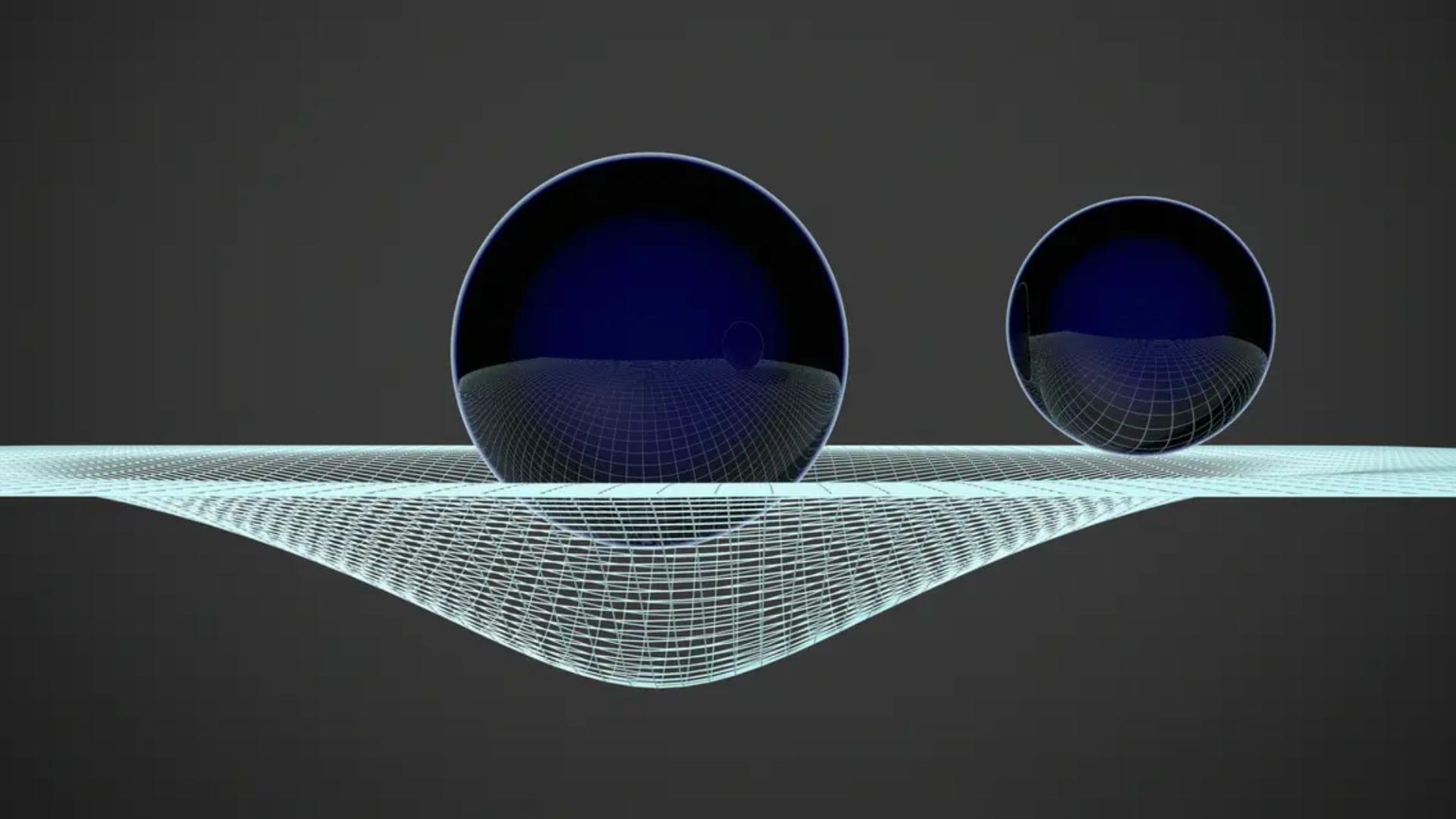
New equation links Einstein’s relativity, quantum theory with entropy
Physicists have long attempted to find a single theory that unites quantum mechanics and general relativity.
This has been very tricky because quantum mechanics focuses on the unpredictable nature of particles at microscopic scales, whereas general relativity explains gravity as the curvature of spacetime caused by massive objects.
The two theories discuss forces existing on different scales. Bianconi employed an interesting approach to deal with this challenge. She proposes an entropic action where, instead of being a fixed background, spacetime works like a quantum operator — acting on quantum states and deciding how they change over time.
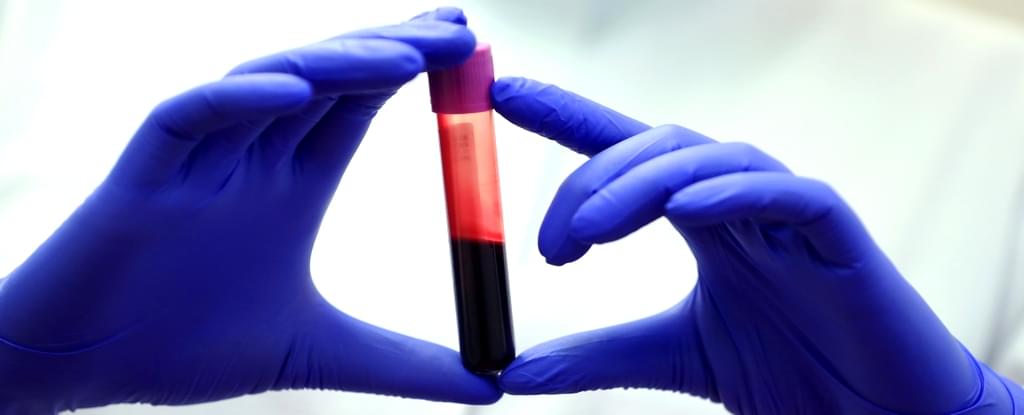
The Blood of Exceptionally Long-Lived People Suggests Crucial Differences
Centenarians, once considered rare, have become commonplace. Indeed, they are the fastest-growing demographic group of the world’s population, with numbers roughly doubling every ten years since the 1970s.
How long humans can live, and what determines a long and healthy life, have been of interest for as long as we know. Plato and Aristotle discussed and wrote about the ageing process over 2,300 years ago.
The pursuit of understanding the secrets behind exceptional longevity isn’t easy, however.
New robotic concept weaves its body like spiders spin their webs
New dynamic robots now spin instant bridges and delicate grippers from polymer fibers.
This new spider-inspired robot can spin its own components and tools on demand using heated polymer technology.

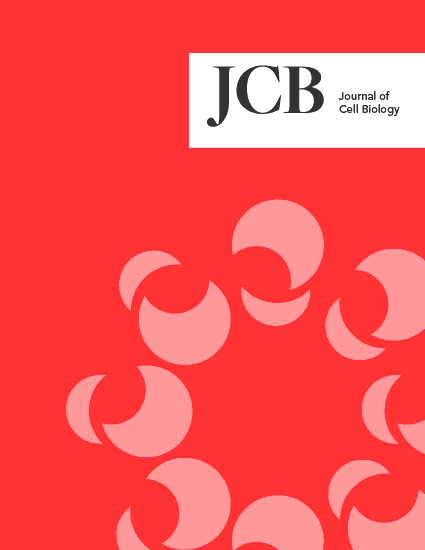
Subversion of the host endocytic pathway by Legionella pneumophila–mediated ubiquitination of Rab5
Rab5 is a cellular GTPase essential for endocytic clearance of invading pathogens. This study from Shino Tanaka, Hiromu Oide, Tomoko Kubori, Kohei Arasaki (Tokyo University of Pharmacy and Life Sciences) and colleagues reveals that the bacterial pathogen Legionella pneumophila ubiquitinates Rab5 to recruit a Rab5 inactivator RabGAP-5 to its phagosome, thereby excluding Rab5 and facilitating its intracellular replication.

